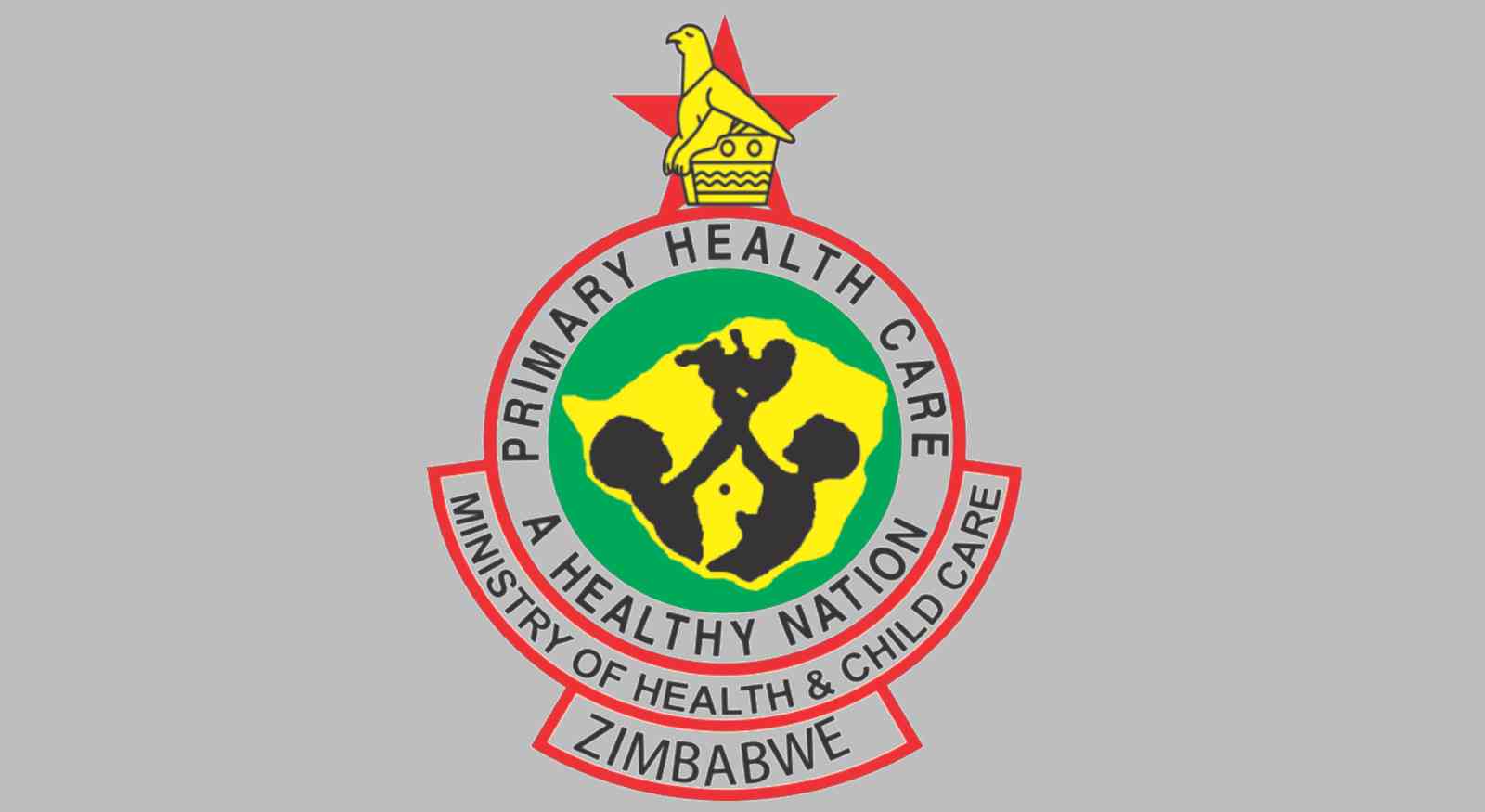
IF you have a heart disease, suffering from cancer, chronic respiratory disease, hypertension, diabetes and injuries, be on the watch out.
This is because at least two out of five of deaths recorded in Zimbabwe in recent years are due to non-communicable diseases (NCDs), according to an official.
NCDs, also known as chronic diseases, tend to be of long duration and are a result of a combination of genetic, physiological, environmental and behavioural factors.
Today, NCDs are the leading cause of death worldwide and represent an emerging global health threat with reports indicating that deaths from NCDs now exceed all communicable disease deaths combined.
According to the World Health Organisation (WHO), NCDs kill approximately 41 million people each year, which is an equivalent to 74% of all deaths, globally.
Each year, 17 million people die from an NCDs before the age of 70, with 86% of these premature deaths occurring in low and middle-income countries.
In a presentation on the state of NCDs in Zimbabwe during an infordemic management workshop in Kadoma recently, Health and Child Care ministry acting director for NCDs, Justice Mudavanhu, said there was a need to relook at the NCDs in the country.
He said this while addressing delegates at an infodemic management workshop organised by the Organisation for Public Health Interventions and Development in Kadoma.
- NCDs deaths surge
- Zim faces renewed HIV funding burden
- Zim faces surge in non-communicable diseases
- Ipec introduces Mortality tables
Keep Reading
“This is the reason why NCDs constitute the big four causes of death as most of these are a result of the ailments — diseases like cancers, cardiovascular disease, injuries and diabetes,” he said.
Mudavanhu said there was a demographic and epidemiological shift to NCDs, where people from rural areas and the young are getting diagnosed of the NCDs at an earlier age.
“The burden of disease is concentrated at district and sub-district level; most of these NCDs are happening at the district level. That is where things are happening in the community and clinics and so forth.
“We also know that financing in Zimbabwe is donor-dependent, with infectious disease getting the bulk of support. More than 80% of our total yield expenditure is coming from the partners,” he said.
“NCDs traditionally have been neglected in Zimbabwe. Globally, more than 70 million deaths each year are attributed to NCDs, particularly in low and mid-income countries, of which Zimbabwe is contributing more than 40% of deaths.”
Mudavanhu said in Zimbabwe, there are four priority NCDs, with cardiovascular diseases taking the lead.
“We are talking about hypertension, heart failure and so forth. Then number two, cancers and you know that for cancers, the number one cancer in Zimbabwe is cervical cancer, then breast cancer and prostate cancer. Those are the priority cancers, not forgetting childhood cancers.
“We also have diabetes, type 1 or type 2 diabetes, which constitute about 90% of all the diabetes cases in the country.
“Officially, we are at about 5 000 cases. Then we’ve got about 1 200 000 people with hypertension in the country. Also, chronic respiratory disease, such as asthma as well as mental health,” he said.
Mudavanhu decried the late presentation of cases with cancers as part of the top four killer NCDs.
“Most patients present cases at stage 3 or stage 4 when it is difficult to treat. If they present early, let us say they have breast cancer or cervical cancer, if its stage 1, stage 2, it means you can have surgery. You know, we can use surgery to manage that cancer, but when it is presented at stage 3 or stage 4, the diagnosis becomes very poor,” he said.
Zimbabwe has been faced with a growing number of cancers and has been flagged as one of the countries with a high cancer burden.
Diabetes, especially type 1, has been on the increase in the past year.











